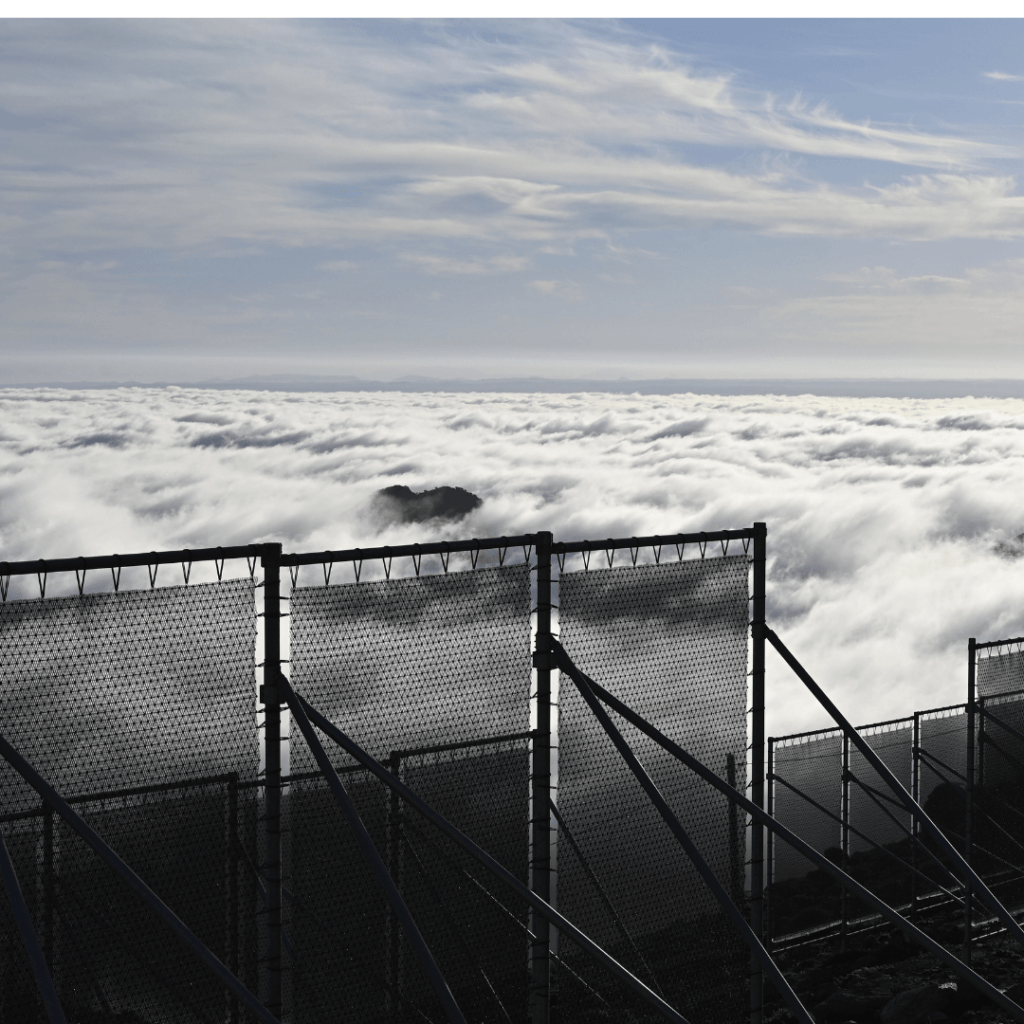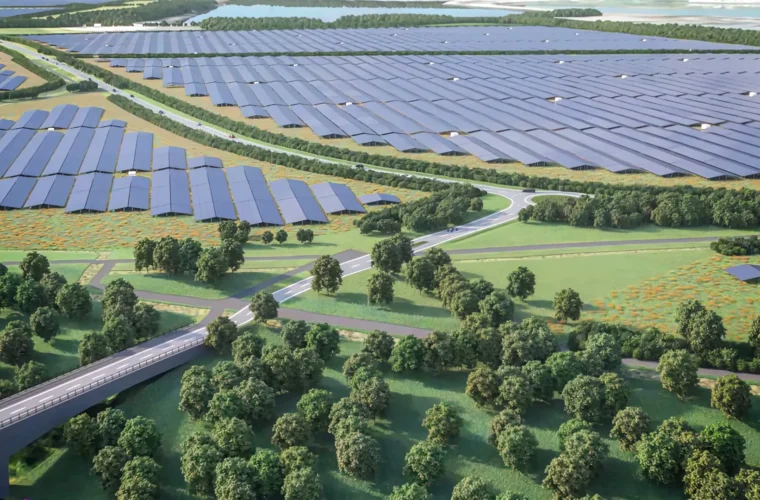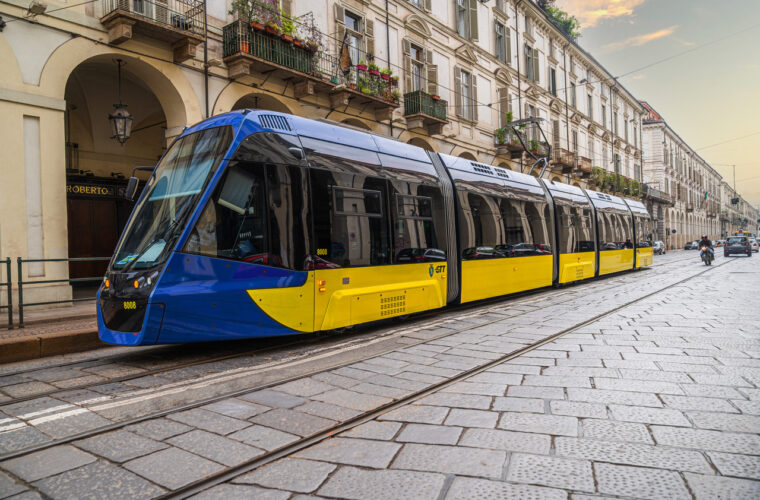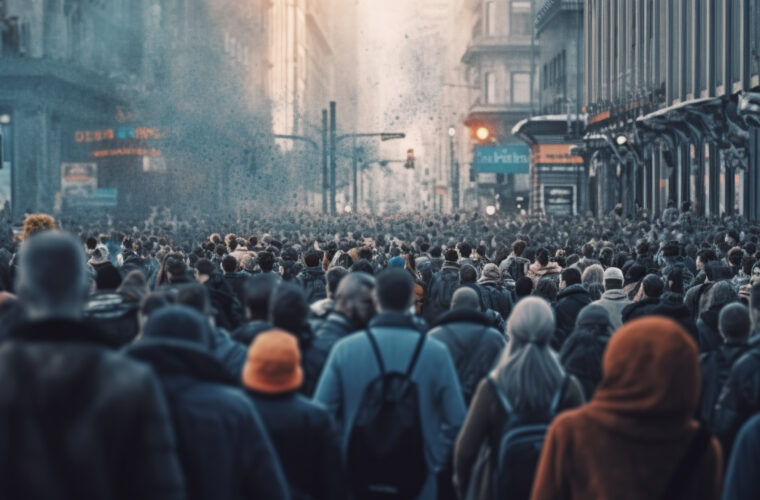Interview with Peter Trautwein, CEO of Aqualonis, the father of CloudFisher
Recently, we have published an article about CloudFisher, which can help arid regions utilize foggy time periods to collect drinking water. In some regions, wells and desalination plants are not viable options, hence, CloudFisher offers to be a sustainable alternative solution. The fog is caught by fine mesh nets and the drops are collected and piped into a reservoir providing communities with clean water. I have had an extremely interesting, at times, sentimental interview with the father of CloudFisher, Peter Trautwein about the idea, sustainability, and our future.
When was your idea born?
During a trip through Eritrea, I saw fog collectors for the first time. I was fascinated by the simplicity of the idea, but shocked by the implementation. It was clear to me that the constructive concept had to be completely revised. My idea was to develop a collector that could withstand wind speeds of up to 120 Km/h and did not require any maintenance.
When did you first become interested in helping people in need and sustainability-related issues?
At the age of 50, I once again asked myself the question of the meaning of life. I have received a lot and wanted to give something back to society. That I had chosen the topic of water was a coincidence that happened in Eritrea.
What do you personally think about the future and water crisis on Earth?
On the one hand, I firmly believe that we humans have always found technical solutions for obtaining drinking water, but on the other hand, only rich industrialized countries usually benefit from them. We humans are so hungry for energy and exploit third countries first. For example, to extract precious earths like lithium for car batteries, we need a lot of water. The consequences are the lowering of the water level, which dries up the soil and drives the farmers into ruin. I think that the problem will increase in the future because it is all about profit not about the well-being of the people.

What do you think about innovations that aim to mitigate the crisis and how efficient and scalable are they?
Depending on the country and region, different innovations can be used. Some cost little, some a lot of money. We should only keep an eye on the energy required for this, such as desalination plants, otherwise we will harm ourselves again through excessive CO2 emissions and their consequences.
Why did you personally find it important to develop CloudFisher?
Because water is one of the elements without which we cannot exist. The CloudFisher is able to collect water from fog without the need for energy, apart from the embodied energy needed to manufacture the components.
How would you describe CloudFisher and its importance from your perspective?
The use of CloudFishers in foggy regions makes sense where wells are far away or truck water is too expensive. For many village regions, fog collectors are the only alternative to get water. Without this type of water harvesting, they would have to leave their homes and migrate to cities. Of course, the extracted fog water can also be used for reforestation projects to counteract climate change.
What is your story with WasserStiftung? How did your work evolve with the organization?
The Water Foundation consists of a small team of experts who have already gained experience with fog collectors in Eritrea. It is important to remember that it is not only about collecting fog water, but also about storing it in cisterns. Also, in some cases, the water has to be filtered. This requires a team of experts who are knowledgeable in all areas. Everyone has learned from the other, which is fun and a guarantee for the success of a project.

How did Aqualonis come into existence? Do you work on similar innovations, projects?
Since the WaterFoundation is a non profit organization, a company had to be founded that is allowed to realize fog projects commercially. However, the focus is so far only on aid projects. I am constantly trying to optimize the individual components, such as the fabric. Tests in 2020 have shown that our new 3D mesh has a 23% higher yield value than the old one. For me personally, this means that development never ends. Currently, I am also working on the development of simple mechanical measuring instruments to record the yield values for new CloudFisher projects.
How do you initiate the implementation of the project in a country? Who are supporting you, who are you working with?
Before we plan a new CloudFisher project, an evaluation study must be conducted. Only if the yield is high enough, it is worth planning a plant. Once this has been clarified, we work together with the responsible local NGO on the financing. It is also necessary to clarify the rights of use for the site, political situation, who will take care of the plant after construction, to whom the water will be distributed and much more. Depending on the country and their access to individual components, we send the CloudFisher completely or only individual components by container to the target country. The construction is then carried out by local construction workers. After 2 to 3 weeks of training, they must be able to complete the installation on their own.
What was the most enjoyable moment during the projects? How did you feel and why was it significant?
Working with people from different cultures is always fascinating. One of the best moments after completing a plant in Morocco was when a villager showed me his newly planted fruit and vegetable garden. Full of pride, he presented me his tomatoes and carrots and told me that his family could now eat healthier. Another nice moment was when a school principal in Tanzania told me that his students can now go to class regularly because they no longer have to go to fetch water. In addition to healthy food, water also means education. If you can make a small contribution to that, it makes you happy and proud.

How are you planning to scale up CloudFisher?
I have an agency for industrial design in Munich which takes up a lot of my time. So I have to try to balance my job and social projects.
Are you working on any similar innovations at the moment? If yes, could you please introduce them briefly?
I have many ideas, but too little time to take care of the development. One thing is certain for me, fog collectors are only at the beginning of their development. I am sure that a lot will happen in the future.



